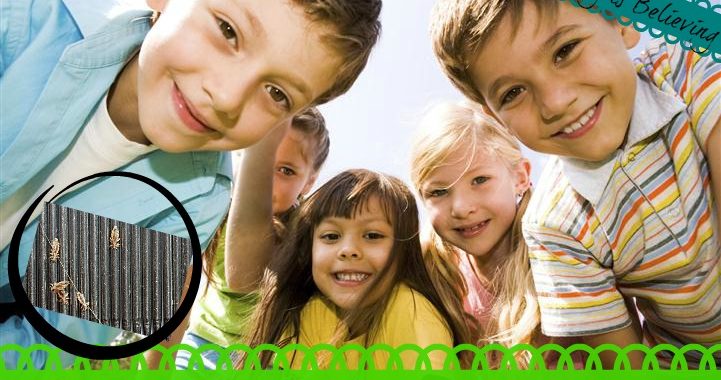Essential How-To Guides: Screening and Cleaning for Lice
When faced with a lice infestation, knowing how to effectively screen for and clean up after these pesky parasites is essential. Fortunately, with the right knowledge and tools, managing lice outbreaks can be much more manageable. In this blog post, we’ll explore two helpful how-to guides: how to screen for lice and how to clean for lice.
1. How to Screen for Lice: Screening for lice is the first step in identifying and addressing an infestation. To effectively screen for lice, follow these steps:
- Start by parting the hair into small sections and using a fine-toothed comb to comb through each section from the scalp to the ends.
- Look for adult lice, nymphs (young lice), and eggs (nits) attached to the hair shafts. Nits may appear as small, oval-shaped white or yellowish specks close to the scalp.
- Pay close attention to areas behind the ears, at the nape of the neck, and around the crown of the head, as lice tend to lay their eggs in these warm, hidden areas.
- Repeat the screening process for all members of the household, as lice infestations can spread quickly.
2. How to Clean for Lice: Once a lice infestation has been confirmed, thorough cleaning is essential to prevent reinfestation and eliminate lingering parasites. Follow these steps to clean for lice effectively:
- Wash all bedding, clothing, and personal items that may have come into contact with lice or their eggs in hot water and dry them on high heat.
- Vacuum upholstered furniture, carpets, and any other fabric surfaces in the home to remove any lice or eggs that may have fallen onto them.
- Seal non-washable items such as stuffed animals or pillows in airtight bags for at 3 days to suffocate any remaining lice.
- Disinfect combs, brushes, and hair accessories by soaking them in hot water (at least 130°F) for 10 minutes or placing them in the freezer overnight.
By following these helpful how-to guides for screening and cleaning for lice, you can effectively manage infestations and protect your family’s health and well-being. Remember, thoroughness and attention to detail are key when dealing with lice, so don’t hesitate to seek professional assistance if needed.




Get Social